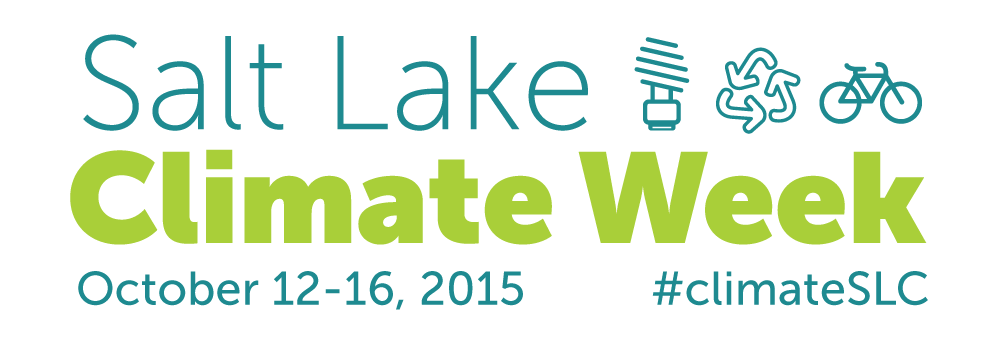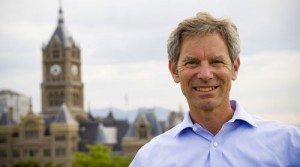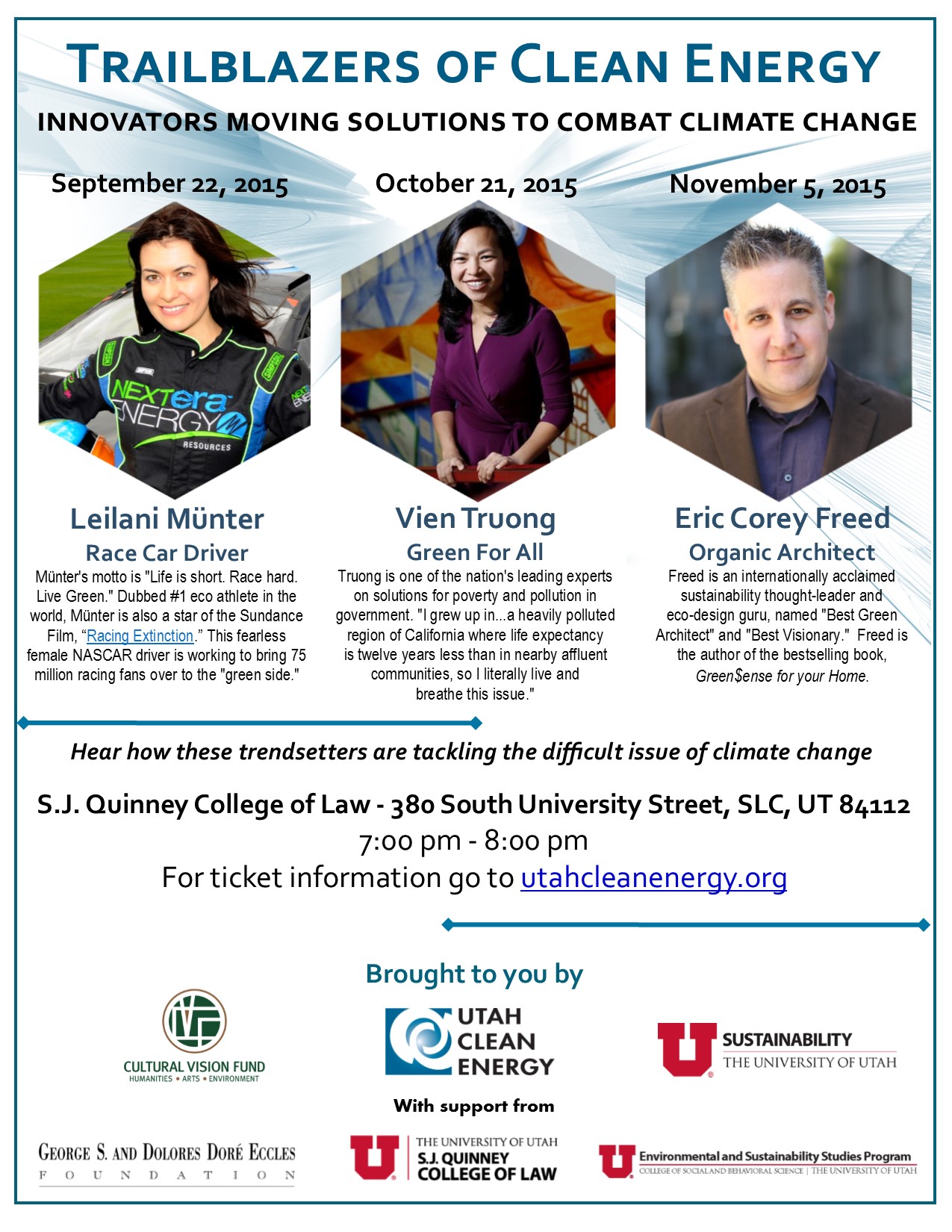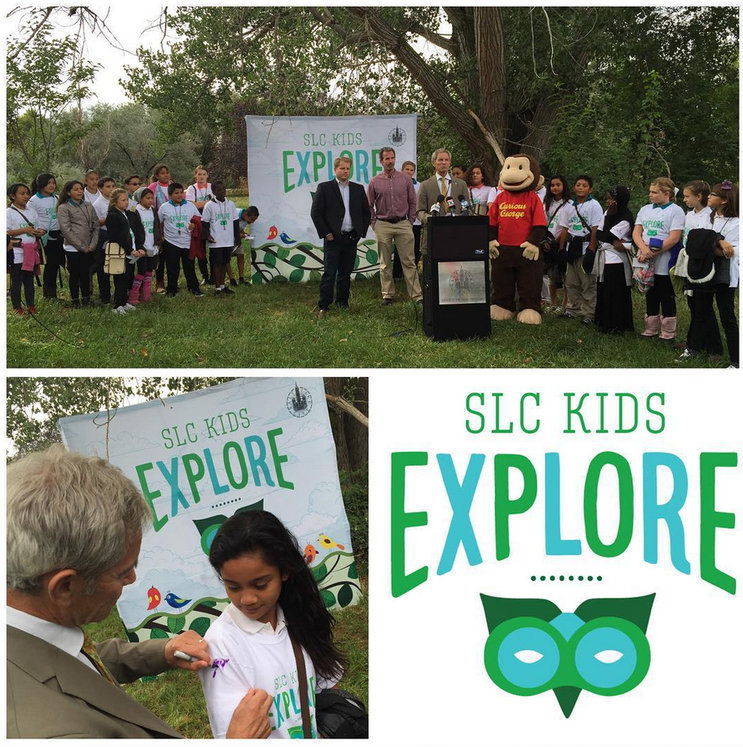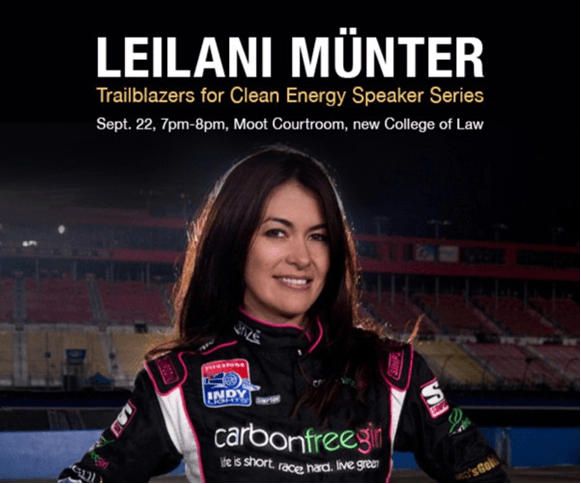Eat Local Week is quickly approaching! The week of September 12th-19th will be filled with local food events where your participation is strongly encouraged! A significant part of Eat Local week is the Eat Local Challenge, a fun and exciting way to get a better understanding of where your food comes from. The Challenge is simple, eat as local as you can.
What is local? Try for food within 250 miles from your home. Why? There are a myriad of reasons. Eating locally enhances the local economy. Every dollar spent at a locally generates $2.80 of economic activity for our community. Supporting local farmers has a multiplier effect throughout the local economy as a whole. Local farms generate jobs for the community, farmers’ markets bring customers to surrounding businesses, and they support farmers who are likely to spend money locally on agricultural supplies. (1) In our conventional food system, farmers receive an average of 20 cents of each dollar spent on food. In a direct-to-consumer market like a farmers’ market or CSA (community supported agriculture share), the farmer receives the direct profit. (2)
Smaller family farms are often more sustainably run than large industrial or factory farms. “Industrial farming negatively impacts the environment in myriad ways (e.g., by polluting the air, surface water, and groundwater, over-consuming fossil fuel and water resources, degrading soil quality, inducing erosion, and accelerating the loss of biodiversity). Many small-scale, local farms attempt to ameliorate the environmental damage done via industrial farming by focusing on sustainable practices, such as minimized pesticide use, no-till agriculture and composting, minimized transport to consumers, and minimal to no packaging for their farm products.” (1) Small farms typically grow a variety of crops, adding variation to protect biodiversity and preserve a larger agricultural gene pool. (2) Local growers can tell you how the food was grown. There is an accountability piece with buying locally produced food, where you can talk directly to farmers and ask about sustainable practices used to grow and harvest the crops.
Fresh food and food that is in season tastes better! Local food is often more fresh and harvested closer to peak ripeness, with packing, shipping, and shelf-life stages removed. This contributes to quality and flavor. On average, in the United States, food travels about 1500 miles from farm to plate. “Fresh food tends to have more nutrients than food that was picked days or weeks ago,” says Michael Pollan, author of “Food Rules: An Eater’s Manual.” (1) Enjoy Utah’s local food this Eat Local Week!
To learn more about eating locally, visit Eat Local Week Utah’s website.
(1) Grace Communications Foundation. Local and Regional Food Systems. http://www.sustainabletable.org/254/local-regional-food-systems Accessed Sept. 2, 2015.
(2) Project Open Hand. The Benefits of Eating Locally Grown Foods. http://www.openhand.org/2011/07/20/the-benefits-of-eating-locally-grown-foods/ July 20, 2011.

